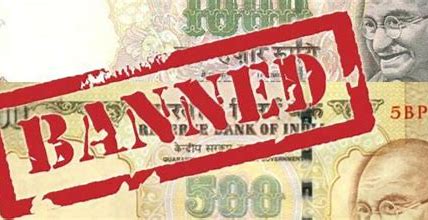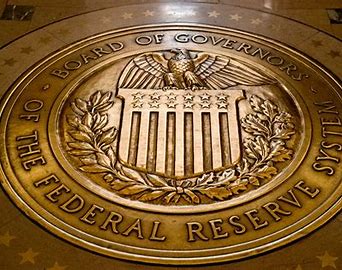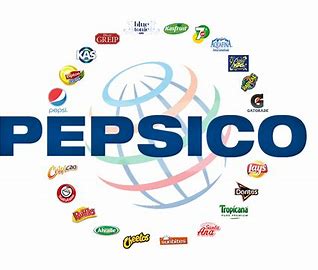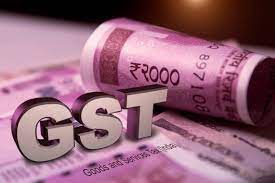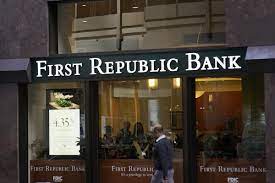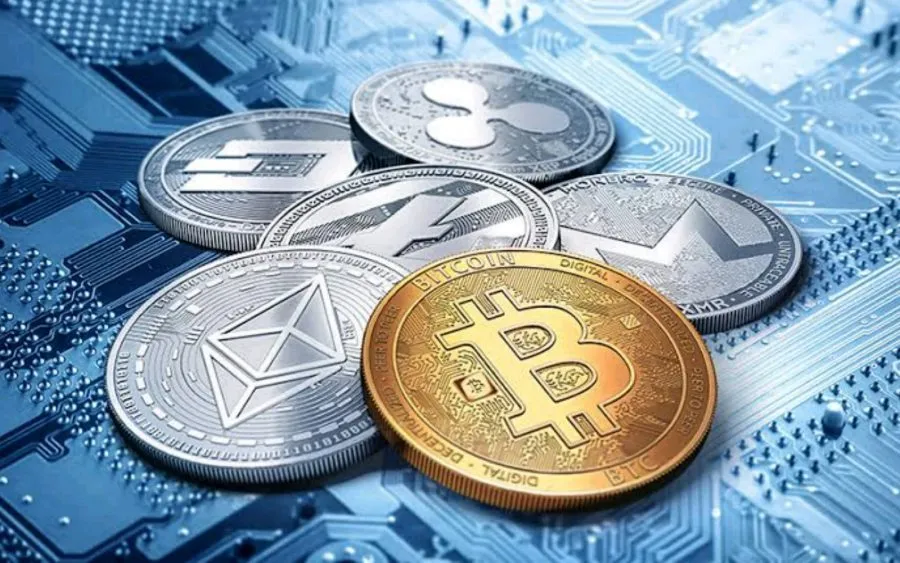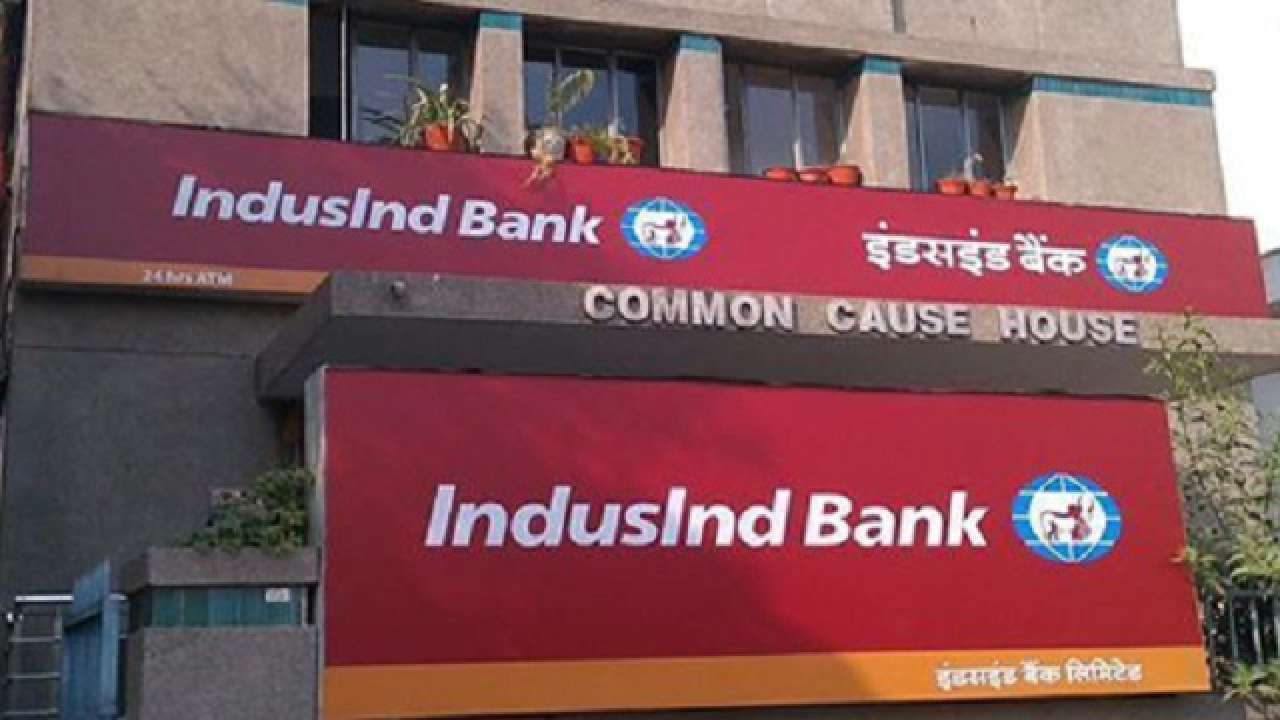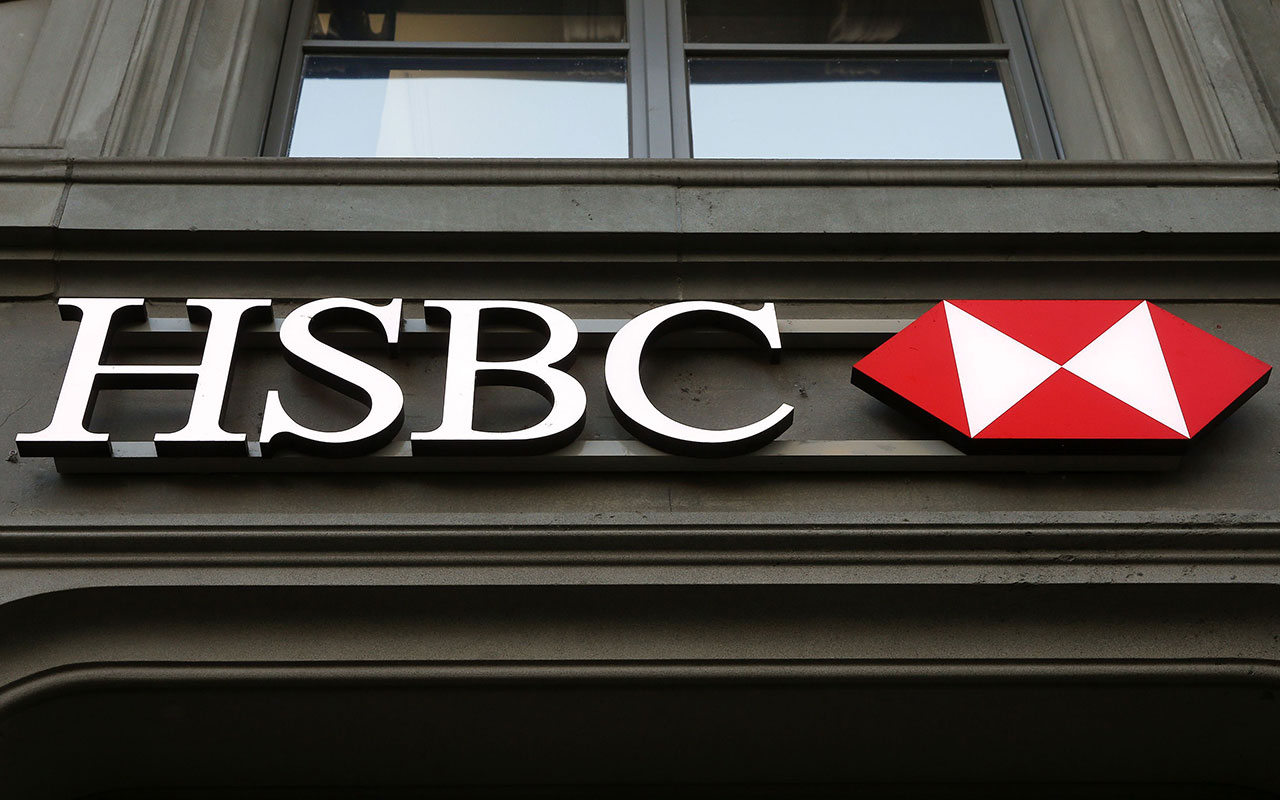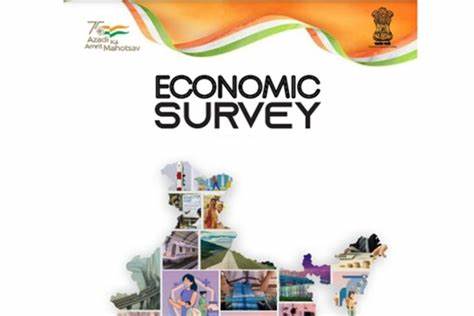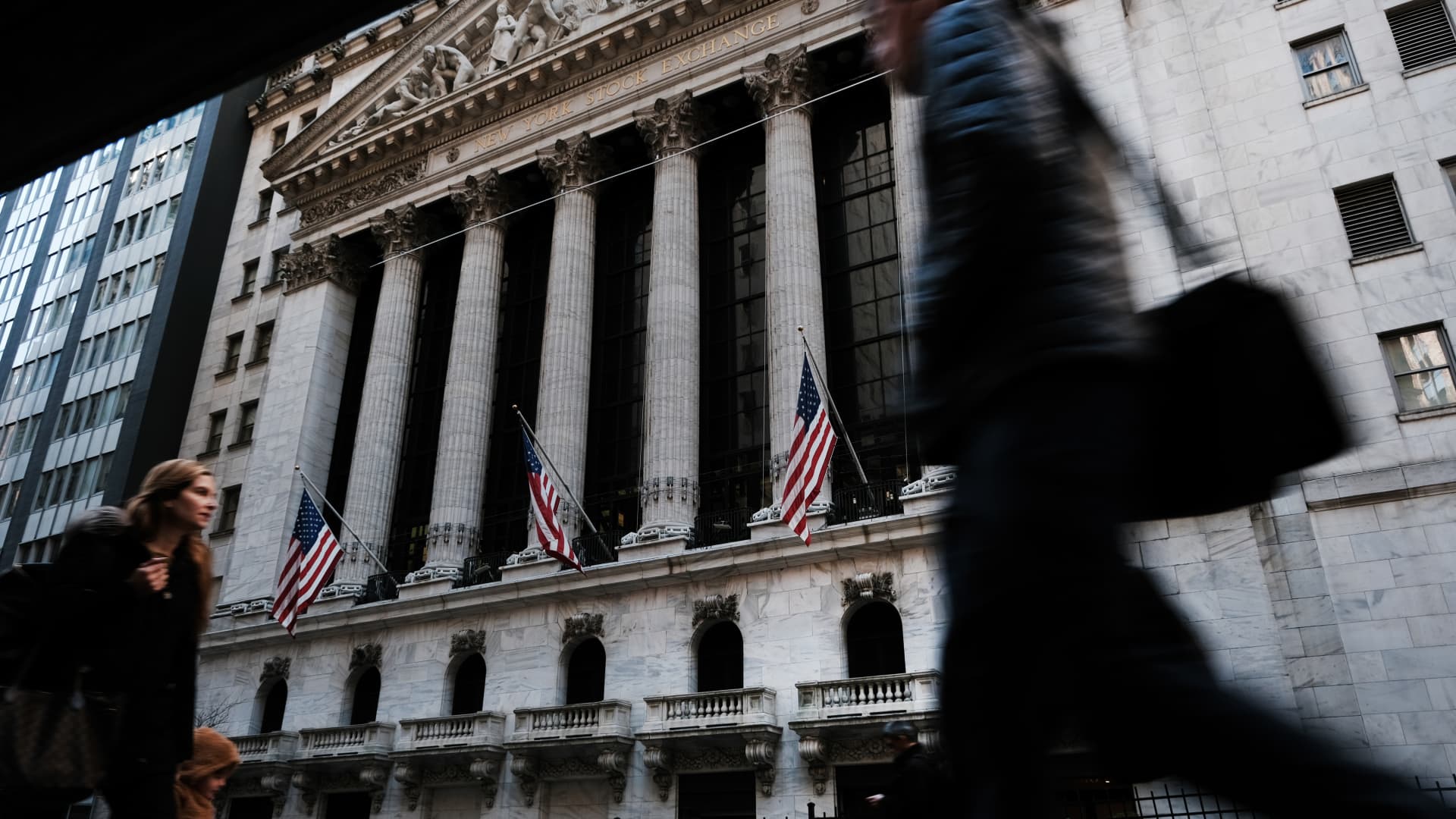
Impact of Current American Bank Crises
- Admin
The U.S. banking system is facing a severe crisis that has shaken the confidence of investors and customers alike. The collapse of Silicon Valley Bank (SIVB), the largest lender to the tech industry, triggered a wave of panic withdrawals and contagion effects that brought down two other regional banks and threatened the survival of Credit Suisse, one of the world's leading financial institutions.
What caused this crisis and what are its implications for the global economy? In this blog post, we will try to answer these questions by examining the main factors behind the bank failures and the policy responses that have been taken to contain the damage.
Silicon Valley Bank: A victim of its own success
Silicon Valley Bank was founded in 1983 as a niche bank that catered to the needs of startups and venture capitalists in the booming tech sector. Over the years, it grew to become a major player in the industry, with over $100 billion in assets and more than 30,000 clients, including some of the most prominent names in Silicon Valley, such as Airbnb, Uber, Netflix and Facebook.
However, its rapid growth also exposed it to significant risks. The bank relied heavily on deposits from its tech clients, which were often volatile and subject to sudden withdrawals. Moreover, it invested a large portion of its deposits in securities that were sensitive to interest rate fluctuations, such as Treasury bonds and mortgage-backed securities.
When interest rates started to rise sharply in late 2022 and early 2023, driven by inflationary pressures and expectations of tighter monetary policy, Silicon Valley Bank suffered huge losses on its securities portfolio. According to Forbes, the bank's common equity tier 1 (CET1) ratio, a measure of its capital adequacy, fell from 12% in June 2022 to 8% in December 2022, well below the regulatory minimum of 10%.
As the bank's financial situation deteriorated, rumors began to circulate about its solvency and liquidity. On March 10, 2023, a large tech client withdrew $5 billion from its account, sparking a run on the bank. Within hours, depositors withdrew more than $20 billion from Silicon Valley Bank, leaving it with insufficient cash to meet its obligations. The Federal Deposit Insurance Corporation (FDIC) intervened to take over the bank and sell its assets to Wells Fargo (WFC), one of the largest US banks.
Signature Bank and First Republic Bank: Collateral damage
The failure of Silicon Valley Bank had a domino effect on other banks that were exposed to similar risks or had business ties with it. Signature Bank (SBNY), a New York-based bank that also focused on serving tech companies and high-net-worth individuals, was among the hardest hit. It had lent more than $10 billion to Silicon Valley Bank's clients and held more than $15 billion of securities that lost value due to rising interest rates.
As news of Silicon Valley Bank's collapse spread, Signature Bank's customers also rushed to withdraw their money, fearing that their deposits were not safe. The bank tried to reassure them by announcing that it had enough capital and liquidity to withstand the shock, but it was too late. On March 15, 2023, Signature Bank ran out of cash and was seized by the FDIC, which sold its assets to JPMorgan Chase (JPM), another giant US bank.
Another casualty of the crisis was First Republic Bank (FRC), a San Francisco-based bank that specialized in providing private banking and wealth management services to affluent clients. It had a large exposure to Silicon Valley Bank's deposits, which it used as a source of funding for its loans and investments. When Silicon Valley Bank failed, First Republic Bank lost access to this funding and faced a liquidity crunch.
Unlike Signature Bank, however, First Republic Bank managed to survive with the help of a government bailout. On March 17, 2023, the Federal Reserve announced that it would provide a $30 billion emergency loan to First Republic Bank through its discount window facility, which allows banks to borrow money at a low interest rate in times of stress. The Fed also said that it would buy some of First Republic Bank's securities to ease its balance sheet pressure.
Credit Suisse: A close call
The US banking crisis also had spillover effects on European banks that had exposure to Silicon Valley Bank or its clients. The most affected was Credit Suisse (CS), a Swiss bank that had been struggling with various scandals and losses in recent years.


